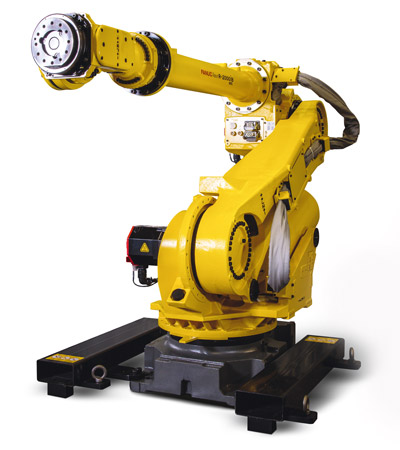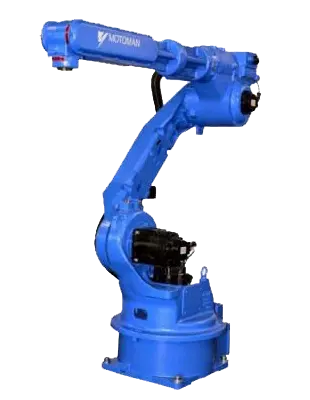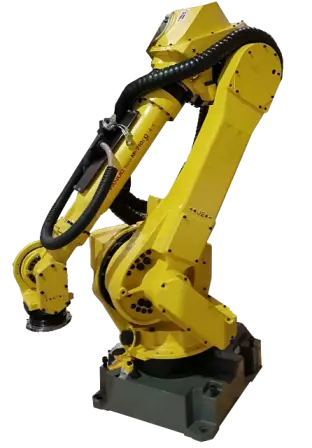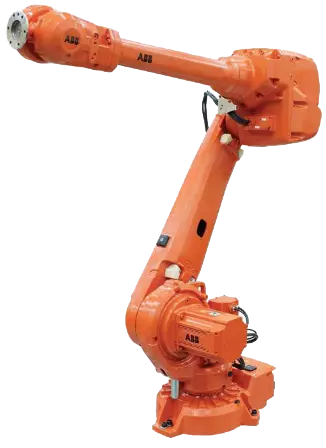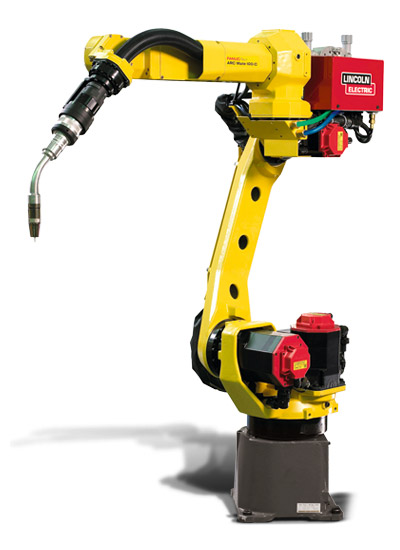Pre-Engineered Workcells vs. Custom Workcells
Robotic workcells provide automation solutions for many robot applications including arc welding, cutting, deburring, plasma welding, assembly, and spot welding among many others. Efficiency, safety, productivity, and quality are all vastly improved through automation with robot workcells. When it comes to workcell integration manufacturers have two options, either pre-engineered cells or custom cells. Each option has its own advantages and disadvantages. It’s important to understand each in order to select the option best suited for your application for complete optimization of your robotic system.
Pre-Engineered Workcells
Pre-engineered robotic workcells are standardized units that are already fully integrated. The most common pre-engineered workcells are designed for welding applications. Manufacturers Motoman, KUKA, and ABB all carry their own lines of standardized weld cells. Motoman’s ArcWorld line is specifically designed to handle arc welding applications and typically features their MA1400. While the popular FANUC Arcmate 100ic is integrated with Genesis’ line of weld cells.Pre-engineered workcells tend to be application specific and provide already proven solutions for that particular application. These cells are best for small or medium sized parts and low or high-volume productions. Also, parts that are regular in shape and do not require much manipulation during operation are candidates for standardized systems.
The biggest advantage of pre-engineered cells over custom ones is their short delivery time. Workcells arrive with little wait time and ready for operation, allowing users to automate quickly. In addition, they are much more cost-effective with all equipment pre-installed and sold as a package. Additional time and money are not needed for engineering.
Drawbacks to pre-engineered workcells include the inability to handle large workpieces, irregular manufacturing processes, or complex applications. Standardized cells are not specific to a manufacturer, so adjustments may be needed to their production process in order for operation of the workcell.
Custom Workcells
Custom workcells are designed and engineered toward a customer’s specifications. Manufacturers usually turn to custom designs when their manufacturing process is more complex, parts are too large, workpieces require repositioning multiple times, or for when their application doesn’t fall within pre-engineered cell designs. With customized cells users get to select the robot, equipment, and safety devices which can be beneficial. A manufacturer can choose the industrial robot they like the most along with all additional equipment. However, this can be a drawback as there are numerous options to select from and more time consuming. For instance, a manufacturer designing an assembly workcell could find the FANUC M-20ia, the Motoman MH24, or the ABB IRB 2600 to all be an ideal fit, making the selection process difficult.Custom workcells are significantly more expensive than pre-engineered ones since all equipment is not sold as a bundle and engineering is needed for the design and installation. Delivery time is much longer since the cell will need to be designed and built from scratch. There is also the risk of the application process not being effective and may take many adjustments to correct. On the other hand, the system is fully customized to the user, so changes to a manufacturing process should not be needed. Custom cells are also capable of handling any irregularities in part shape or size.
Robots Done Right is the place to start when it comes to used robots. Contact us if you are interested in buying or selling your used robot.
